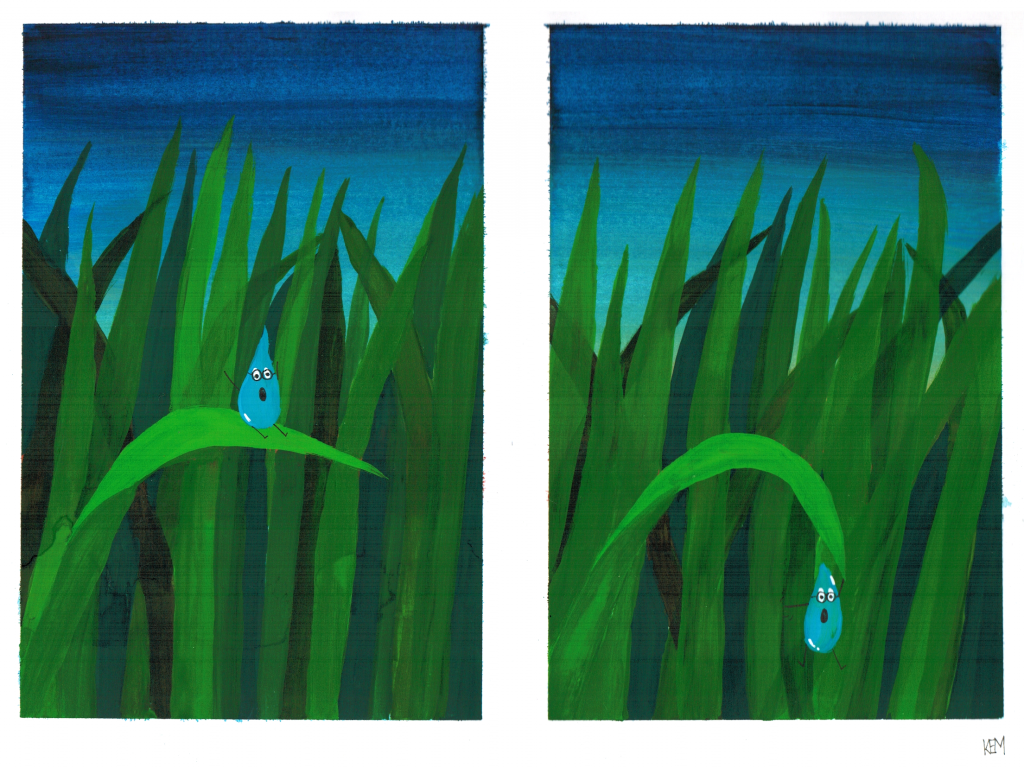
Free eBook- Augario’s Adventures in Evaporating
By Allison Choi, illustrations by Kirsten Malsam | Anthropomorphizing to explain nature need not, indeed should not, be limited to explaining nonhuman animals. Even the elusive chemistry in evaporative cooling can become intuitively understood by children, if only we bring that chemistry alive — as Allison Choi and Kirsten Malstem’s story clearly illustrates.
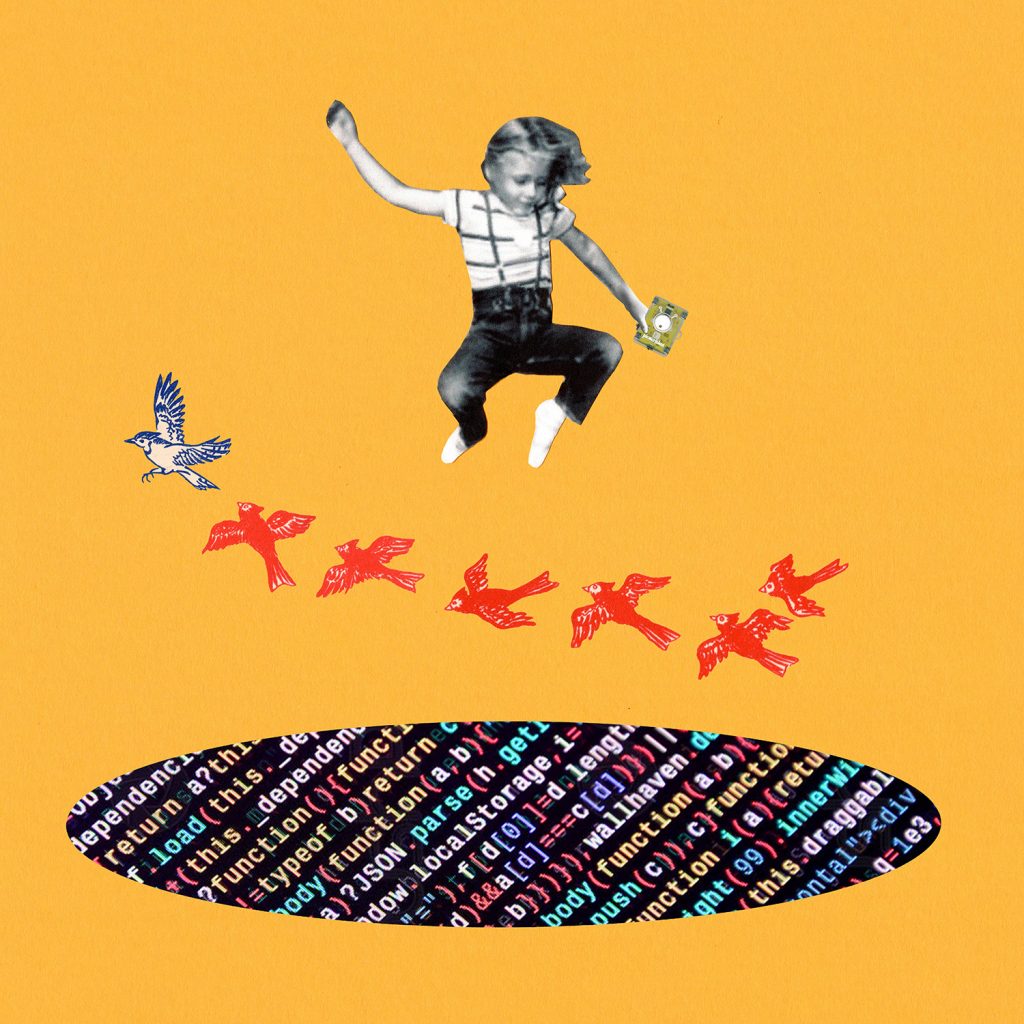
Technology for Playful Learning
By Mitchel Resnick | In recent years, a growing number of educators and psychologists have expressed concern that computers are stifling children’s learning and creativity, engaging children in mindless interaction and passive consumption. They have a point: today, many computers are used in that way. But that needn’t be the case.
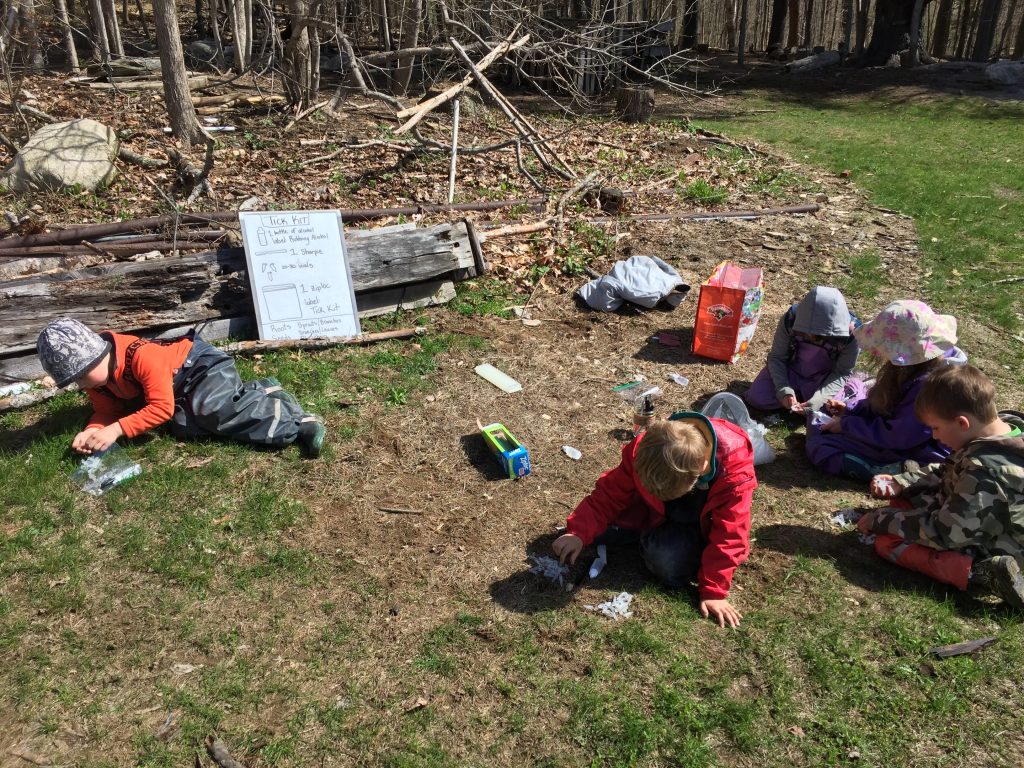
When Nature Gives You Ticks, Create a Tick Curriculum
By Robin Huntley and David Sobel | Start a conversation about using the natural environment, or taking learning outside, or studying the bobolinks in the meadow, and ticks start crawling through the recesses of school administrators’ and parents’ minds. Ticks and their associated diseases are perceived as a scourge across the northeastern United States, and…

Ecological Landscaping: Earth Stewardship for Everyone
By Doug Tallamy | If you live with at least some green around you, chances are you have never thought of space just outside and next to where you live as a wildlife preserve that represents the last opportunity we have for sustaining plants and animals that were once common throughout the U.S.. But that…
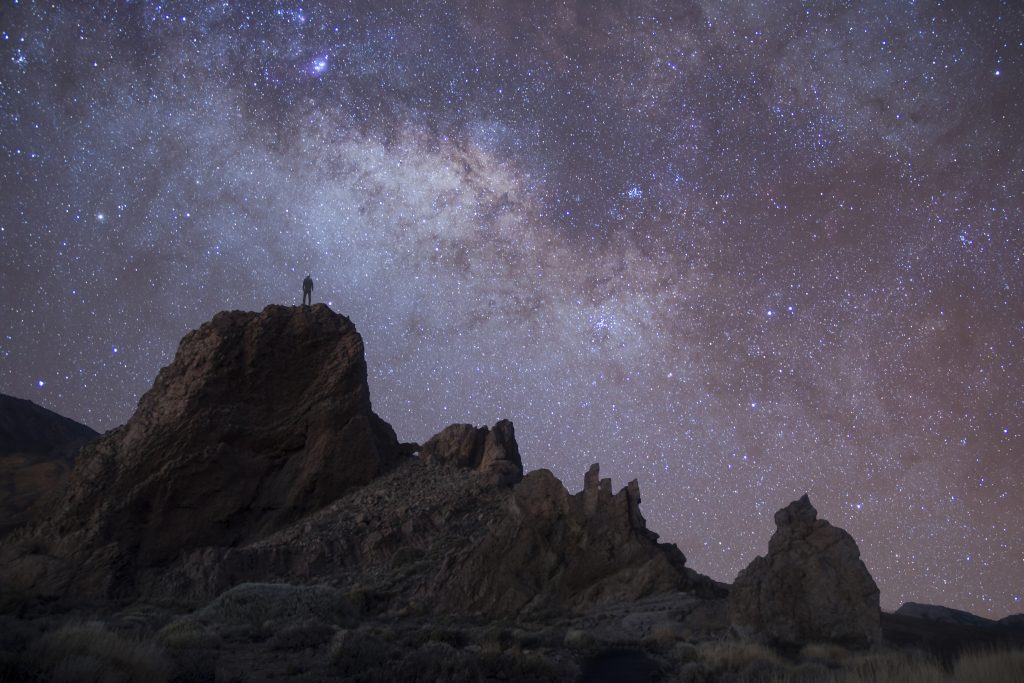
Wonder and Earth Stewardship
By Lisa Sideris | The connection between wonder and children and childlike states is one we often take for granted. Yet wonder is also the province of scientists whose expert knowledge far exceeds that of the average layperson.
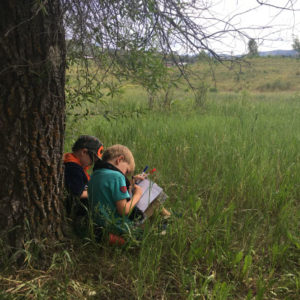
How Helping Children Connect to Nature Can Soften the Impact of the Coronavirus Crisis
By Ashley Lin | What can we do when the world is turned upside-down? How do we help young people grapple with the uncertainty, stress, and anxiety that is a constant in life but heightened during a pandemic? How can we come out triumphant, even a bit stronger?
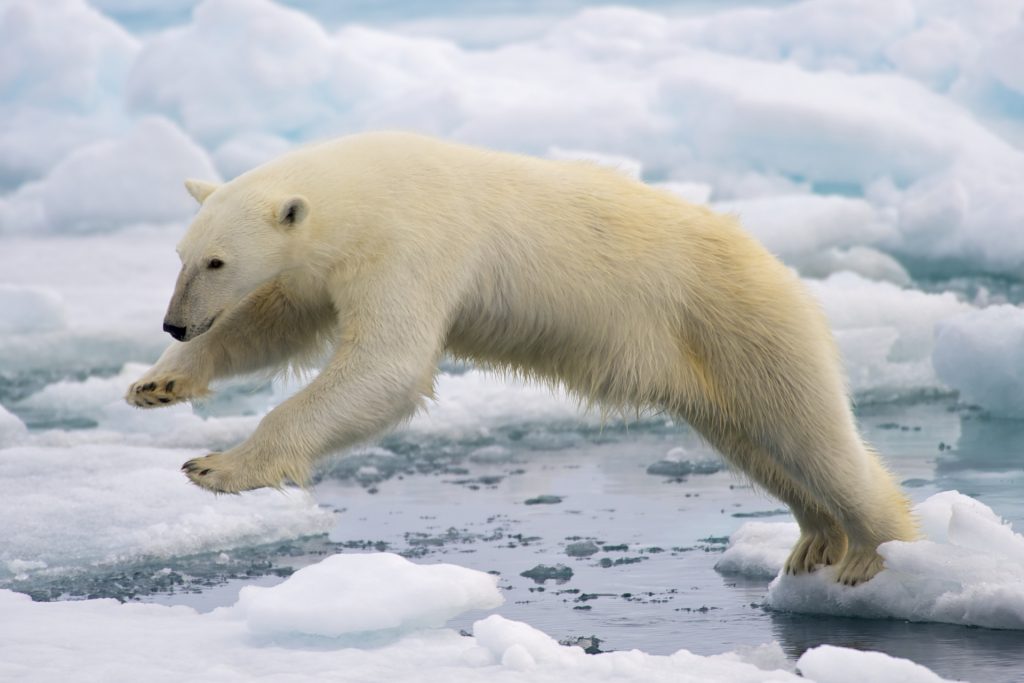
Beyond Wonder and Care – Becoming a Green Thinker
By Tina Grotzer | I grew up in a rural environment with woods and streams all around me. Others would say that we were poor, but I never felt impoverished. I climbed trees, explored the pond, got stuck in the mud, and jumped onto the gnarled, moss-covered roots in the middle of the creek to…
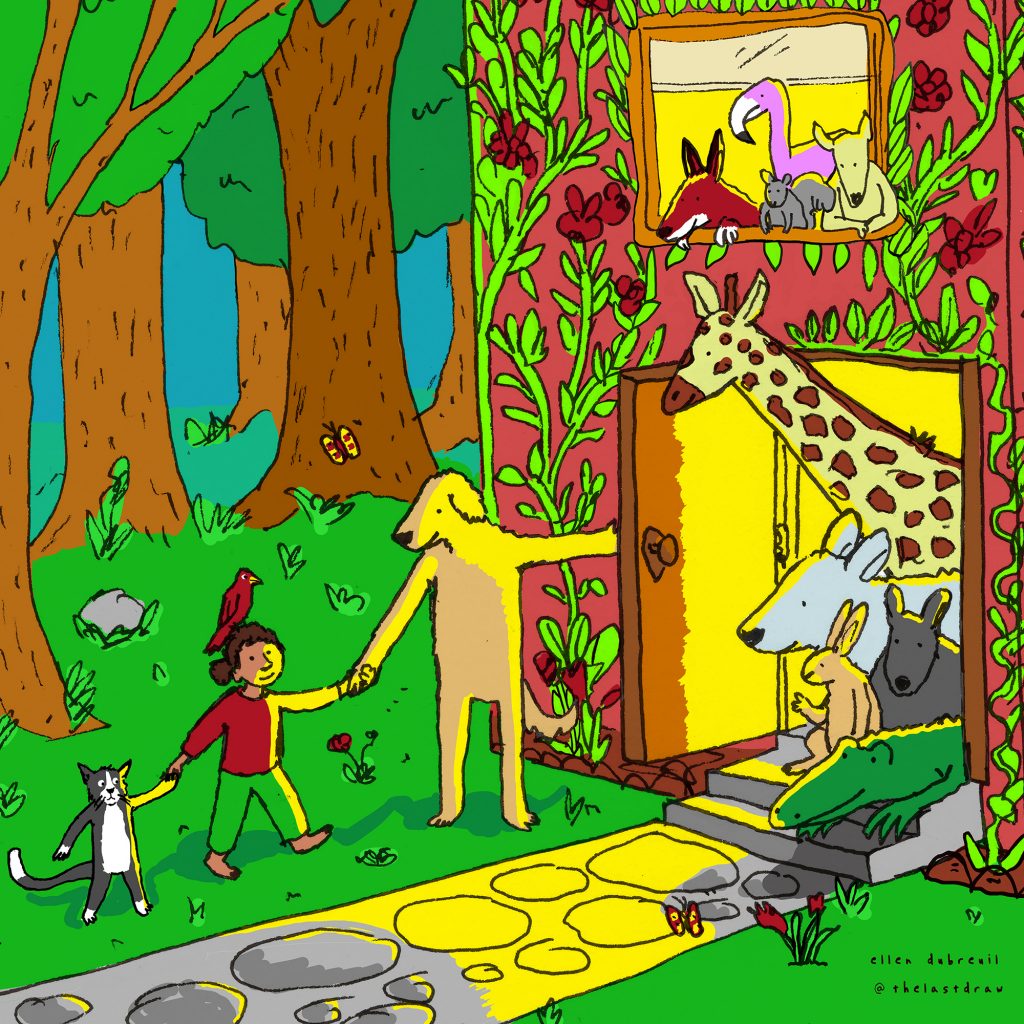
From Pets to Pathways for Becoming Earth Stewards
By Megan Mueller |
What is it about our relationships with pets that make them so enduring, and how do they connect us to the wider, natural world – making it more likely that we will act as earth stewards? For many, experiences with pets are experiences akin to some of the most positive and…
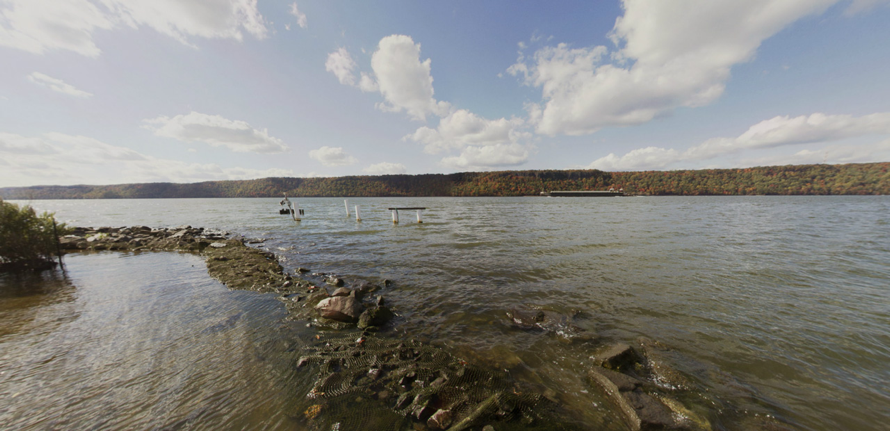
Seining Along the Hudson: The Wonders in Hidden Biodiversity
By Melissa Wishner | Picture a stone-grey river. The river is wide—too wide to swim across. Under its glassy surface lives a thriving community of eels, snapping turtles, fish, crabs, and other plant and animal life. You wouldn’t think a river like this would be easy to ignore.

I Love Nature: Nature-Based Art Education in Early Childhood
By Bian Xia | After four visits to China, Howard Gardner wrote in To Open Minds, a seminal text comparing education in China and the United States: We might contrast the Western, more “revolutionary” view with a more “evolutionary” view espoused by the Chinese.

